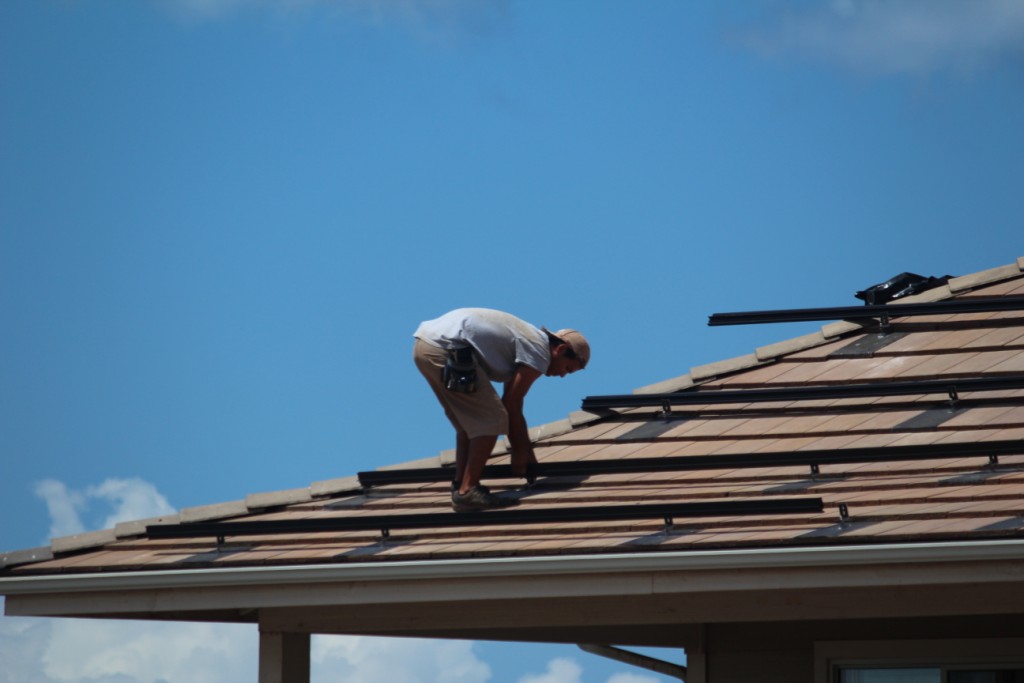DIY Home Projects – Do Savings Outweigh Risks?
0 Comments | Posted by armchairbuilder in Owner-Builder, Save Money
We regularly share builder tips and resources for managing the construction of your own building and remodeling projects. So it’s definitely possible to take on the general contractor/owner builder role…but how do physical DIY home projects fit in? Is it a good idea to take on a project by doing the actual work yourself? Let’s take a look at some of the considerations in deciding which items to tackle when building a new home or remodeling an existing space.
The Facts
Acting as the general contractor and choosing to do physical labor are not mutually exclusive. Meaning, you can do both. But the question becomes…should you? According to HUD and the U.S. Census Bureau, DIY projects by home owners accounted for 37 percent of all home remodeling projects in the U.S. from 2010 to 2011.
So a whole lot of people are choosing to take on their own remodeling projects, but what about building a new home? Are owner builders doing some of the physical work when building a new home? The answer is a resounding yes…at least some of the work on their new home is performed by the owner while the rest is contracted out to trades companies.
Time
One of the biggest questions to ask yourself when deciding whether to tackle DIY home projects is, How much time do I have? When referring to time, I’m talking about two different types here. First, do you have the extra time in your busy schedule to do the work? If you’re working fifty hours a week, you may not have the ability to focus on a DIY home project.
The second thing to ask yourself is whether you have the time to wait for you to complete the project. If you are building a new home, can you get the task done in the same amount of time that a professional would need? If not, be sure to factor in your extra costs for the delay in your schedule. For the extra costs, consider things like construction loan interest, rental fees for portable toilets and tools, mortgage interest, real estate taxes, and utilities. According to the U.S. Census Bureau’s Building Permit Survey, 26 percent of all owner built homes in 2012 took longer than 13 months to build. There’s a good chance these longer build times were caused by owner’s taking too much time to do some of the physical labor themselves.
DIY Home Safety
Part of being a professional trade contractor is knowing the risks involved with the job. Most contractors have training in safety as it relates to their projects and tasks. They also have special equipment to protect themselves. If you decide to tackle a DIY home project, be sure to learn about all the safety precautions associated with the activity. Siding and roofing contractors have tie-off ropes to prevent ladders from slipping. Some of these guys/gals use safety harnesses to prevent falls. Safety glasses, steel toe boots, safety rails and special clothes are all safety equipment used by professionals to protect themselves when working.
You will also want to become very familiar with manufacture product and tool safety. Here are a few examples of dangerous home building activities you might not know about:
- Silica Dust: From cutting tile, cement, cement board, and certain types of siding can cause cancer and other health problems.
- Fumes: Paint, stain, sealants,…etc., can cause health problems when used in a confined space.
- Falls: These are one of the most common causes of injury and death on construction projects. Be sure to read up on proper techniques and methods to prevent dangerous conditions.
- Trench Cave-ins: A trench is created when installing utilities, pools, or even foundation walls. If soil becomes unstable when you are in the trench, you may be seriously injured. Be sure to read up on potential hazardous conditions to understand the risks and methods to minimize cave-ins.
This is by no means a comprehensive list of potential safety hazards. To find out more about the most common risks in residential construction, check out this OSHA site.
Hidden Costs
There are a few hidden costs that can come along with DIY home projects. Here are a few for you to consider…
- Re-work: If the work isn’t done properly, there will be extra costs for re-work. These can come in the form of extra material, labor time, or even hiring a trade contractor to come fix the problem.
- Time: The longer it takes to get the job done, the more overhead costs you incur.
- Quality: If you do the work yourself, will it look like a professional did it? If not, consider hiring a professional. When you eventually sell your home, buyers will notice shoddy workmanship.
DIY home projects can be extremely rewarding. In some cases you can save a substantial amount of money. Just be sure to carefully consider the benefits and risks before tackling the project yourself.


